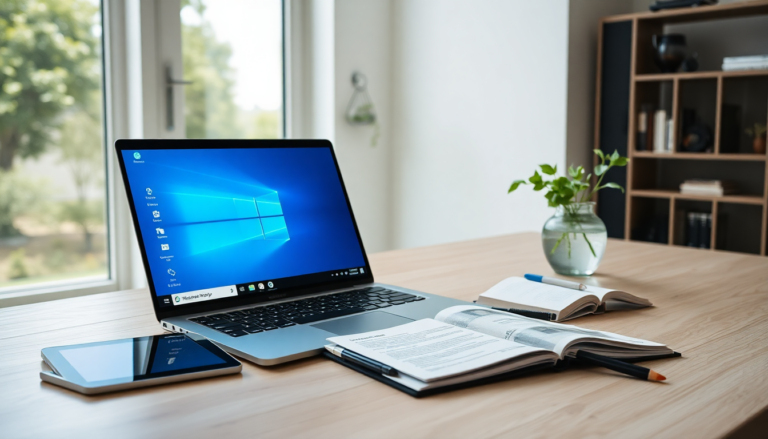Argomenti trattati
As Microsoft nears the end of its support for Windows 10, it’s time for users to start thinking about the transition to Windows 11. Don’t let the end-of-life notice for Windows 10 catch you off guard; instead, see it as a prompt to assess your current operating system and explore the benefits of upgrading. With a fresh interface, enhanced performance, and improved security features, Windows 11 could take your computing experience to the next level.
Understanding the Upgrade Landscape
If you’re still using Windows 10, the impending end of support means you won’t receive security updates anymore, leaving your system open to potential threats. The good news? If you have a relatively new PC running Windows 10, you can upgrade to Windows 11 at no extra cost. Just make sure your device meets the minimum system requirements set by Microsoft to ensure optimal performance and functionality.
Thinking about buying a new PC? You’re in luck! There are opportunities to snag legitimate licenses for Windows 11 at discounted prices. For instance, Windows 11 Home is currently available for around $60—quite the steal compared to its original price of $139. This version is perfect for everyday users who don’t need the advanced features found in the Pro edition.
Exploring the Features of Windows 11
If you find yourself needing more capabilities, Windows 11 Professional is priced at about $80, down from $200. This edition includes everything in Windows 11 Home, plus advanced tools like BitLocker encryption, Remote Desktop support, and Hyper-V virtualization capabilities. These features make it ideal for power users and professionals in need of robust security and remote access options.
Already using Windows 11 Home and considering an upgrade to the Professional version? You can do that for just $59, a significant drop from the standard price of $99. This way, you can access enhanced features without the hassle of purchasing an entirely new license.
Activation and Upgrade Process
Once you’ve decided to upgrade, obtaining your license key is a breeze. After placing your order, the key will be sent directly to your email. Activating Windows 11—whether you’re starting fresh or upgrading from a previous version—is straightforward, guiding you through the necessary steps to get your system up and running with the new software.
The process for upgrading from Windows 11 Home to Professional is just as smooth. Simply follow the prompts, and the system will manage the transition, taking a little time to complete the installation. This user-friendly approach ensures that even those who aren’t tech-savvy will find the upgrade easy to navigate.
Final Thoughts on the Upgrade
In summary, transitioning from Windows 10 to Windows 11 offers a fantastic opportunity to enhance your computing experience. With the end of support for Windows 10 on the horizon, making an informed decision about upgrading is essential. Take a moment to evaluate your needs, explore your options, and seize the discounts on licenses to keep your system secure and efficient.

